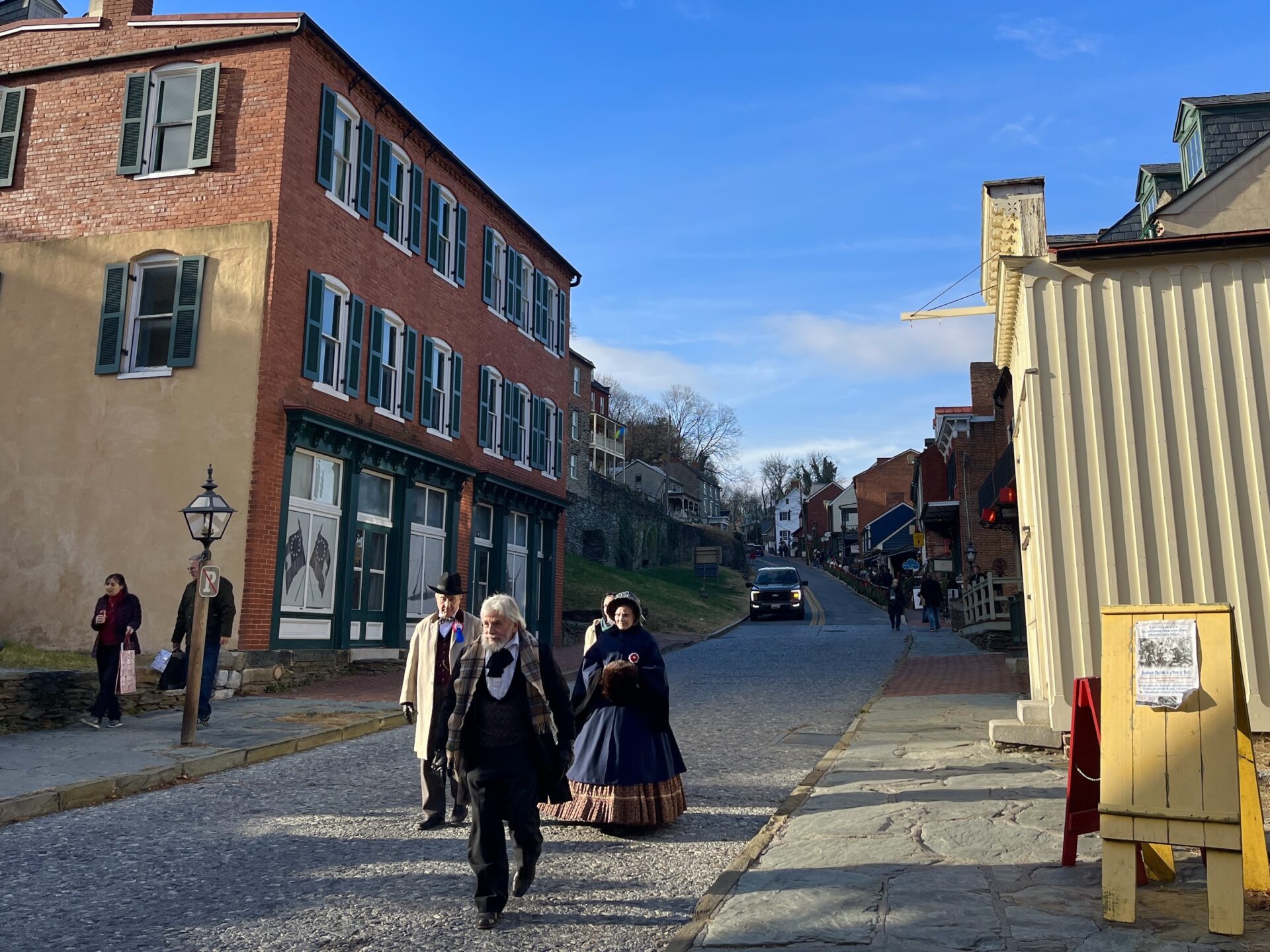Updated on Friday, March 7, 2025 at 11:46 a.m.
Amid federal spending cuts that National Park Service workers say are straining operations and staffing, 2024 visitation numbers released Wednesday indicate that demand for the agency’s parks has increased.
Across the United States, a record-high 332 million people visited national parks last year, surpassing a previous 2016 record that was just shy of 331 million. It also outpaces last year’s turnout by more than 6 million visitors.
Four outdoor recreational sites administered by the National Park Service are located within West Virginia: the Bluestone National Scenic River, the Gauley River National Recreation Area, Harpers Ferry National Historical Park and the New River Gorge National Park & Preserve.
Between 2023 and 2024, these four parks saw a net increase of 236,856 recreational visits. While Bluestone’s turnout fell during this period, the Gauley, Harpers Ferry and New River Gorge sites each saw their highest visitation levels in park history last year.
In total, the four National Park Service sites welcomed more than 2.58 million recreational visits last year, according to the 2024 data.
The National Park Service also co-manages the Appalachian Trail, which passes through West Virginia’s Eastern Panhandle. Last spring, more than 2,250 thru-hikers registered to hike the entire trail and pass through West Virginia, according to figures from the Appalachian Trail Conservancy.
The increase in visitation and demand came just before President Donald Trump took office in January. In the early days of his term, Trump set reducing federal spending as an administrative priority, and the National Park Service laid off roughly 1,000 employees in February in response.
But pushback against federal spending cuts from some West Virginia residents has sparked displays of activism across the state.
More than 100 people gathered in Harpers Ferry on Saturday to protest layoffs and funding cuts. Harpers Ferry brought in more than 488,000 visitors last year, making it the state’s second-most visited National Park Service site after New River Gorge, which brought more than 1.8 million visitors in 2024.
In Morgantown, hundreds gathered outside the Monongalia County Courthouse on Tuesday to voice opposition to reductions in the federal workforce and budget.
And, last month, another 150-plus people in Parkersburg protested a reported visit from representatives of the Department of Government Efficiency, a new agency the Trump administration has tasked with advising on federal spending cuts.
The National Parks Conservation Association is a nonprofit independent from the park service that advocates for the preservation of national park sites through lobbying and litigation, according to its website.
After the release of 2024 visitation data Wednesday, Kristen Brengel, the association’s senior vice president of government affairs, described funding cuts as a “slap in the face” in light of increased demand for national parks across the U.S.
“As peak travel season arrives, park visitors will have to contend with closed visitor centers and campgrounds, canceled ranger programs and less search and rescue staff,” she said in a Wednesday press release.
“Our national parks are beloved and storied places,” Brengel continued. “This threatens to put that beating heart on life support.”
**Editor's Note: This story was updated to clarify that the Appalachian Trail, which includes a segment in West Virginia, is co-managed by the National Park Service.
